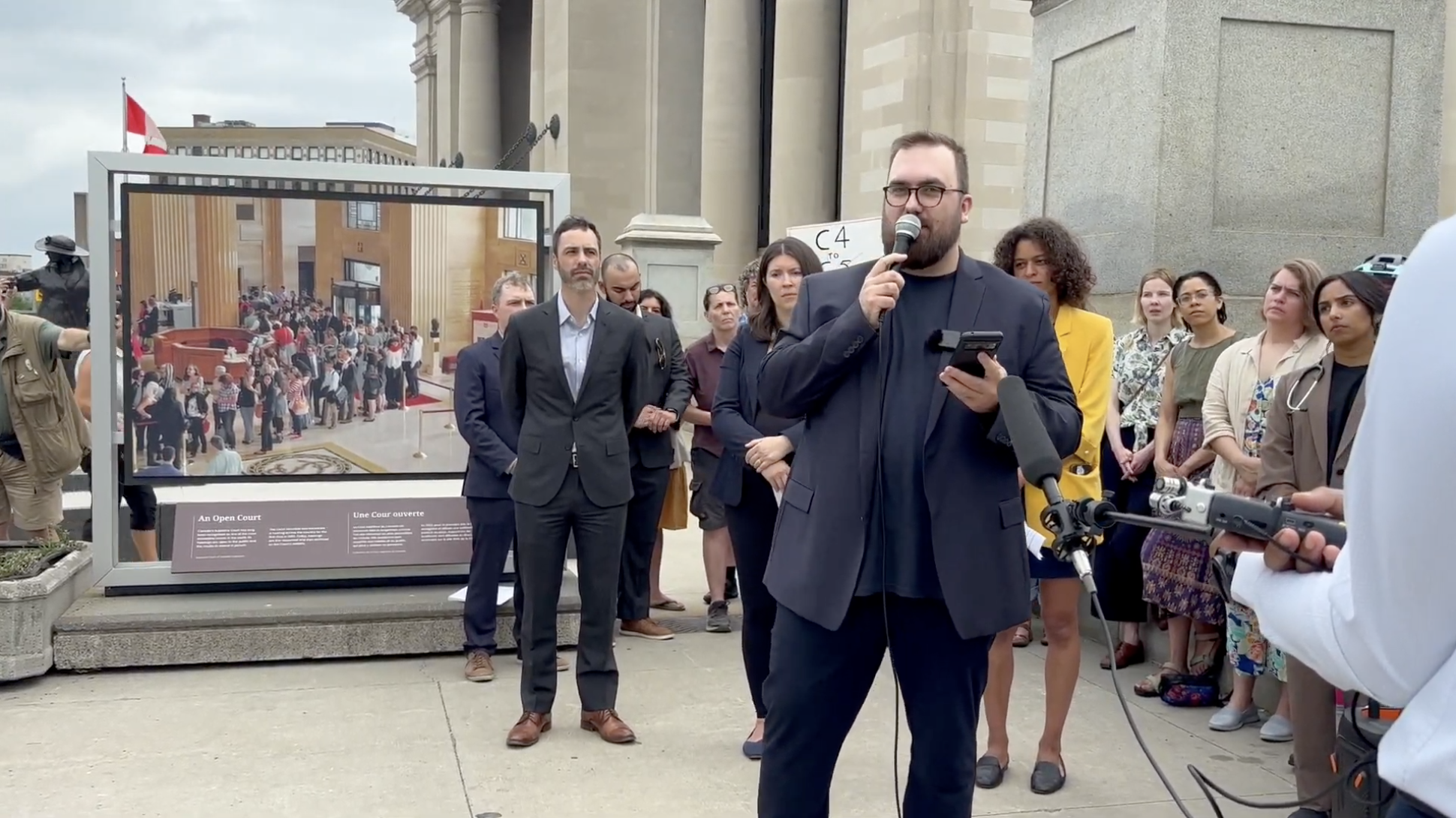Globally, the finance sector is having an “oh shit” moment as banks, pension funds and investors begin to recognize the threats posed by climate change.
With the lessons of the 2008 financial crisis still fresh in regulators minds (i.e. self-styled financial wizards will ignore systemic risks in pursuit of short-term profits), government regulators are looking for ways to save the banks – and hopefully the rest of us – from their own greed.
European central banks have already begun to impose new rules to address the risk that climate change will destabilize the global financial system. U.S. President Joe Biden is expected to announce a new Executive Order on climate finance before his April 22 climate summit.
Canada is behind the curve, but in January our federal banking and pension fund overseer (the Office of the Superintendent of Financial Institutions, or OSFI) asked banks and pension funds what it should do about climate change. Their sixteen sets of questions can be summed up as: How can we help you protect your profits in a world experiencing rapid climate change?
At Greenpeace Canada, we thought the question should be: How can the finance sector do its part to protect the world from climate change? That can’t be left to voluntary measures or corporate risk management protocols, so we put in our own submission.
Disclosure is not enough: Time to take a precautionary approach
The primary approach to dealing with climate change in the finance sector has focused on corporate disclosure to inform risk management regimes. Robust disclosure regimes that ensure consistent, comparable and reliable data are important, and Greenpeace Canada supported mandatory disclosure and scenario analysis back when provincial securities regulators were looking at this in 2017.
Yet disclosure is not a strategy to deal with the multiple threats posed by climate change. It simply provides some of the information needed to formulate a strategy. An actual strategy requires governments to adopt what we call a precautionary, market-shaping approach to financial policy and supervision.
This requires governments to recognize that the goal of our financial oversight system can’t simply to be efficiently allocate capital (the traditional mandate of financial regulation). It must align the efficient allocation of capital with societal goals that are a precondition for the stability of both financial and ecological systems. These societal goals (at a minimum) include:
- The Government of Canada’s commitment to achieve net-zero greenhouse gas emissions by no later than 2050.
- The commitments under the Paris Agreement to “holding the increase in the global average temperature to well below 2°C above pre-industrial levels and pursuing efforts to limit the temperature increase to 1.5°C above pre-industrial levels global warming”, including via “making finance flows consistent with a pathway towards low greenhouse gas emissions and climate-resilient development.”
- The commitment to uphold Indigenous rights, including the right under the United Nations Declaration on the Rights of Indigenous Peoples to free, prior and informed consent.
In short: we must replace the market-driven, risk-management approach to financial policy and supervision with a precautionary, market-shaping approach. In our submission, we propose that the OSFI’s role in implementing such a precautionary approach would include:
- The comprehensive integration of climate-related financial risks into capital adequacy requirements by the OSFI.
- The strengthening of existing measures such as risk disclosures, benchmarks and non/sustainable taxonomies by standardizing them and making them compulsory. This includes making publicly-available 1.5˚C stress tests and net-zero plans (including interim targets for each five year period) mandatory for financial institutions, with penalties for non-compliance.
- Explicit credit guidance policies, such as ceilings and floors on credit allocation and interest rates to discourage lending for carbon-intensive activities and encourage lending to green sectors.
- Encouraging the Bank of Canada to integrate climate risk into its monetary policy operations, including the exclusion of assets from fossil fuel companies and other high-carbon sectors that do not have a credible plan for alignment with the Paris Agreement from asset purchases by the central bank and accepted collateral. The Bank of Canada should also significantly increase the ‘haircuts’ for fossil fuels and other high-carbon assets in its collateral framework (i.e. high-carbon assets would have a lower-than-market value when used as collateral).
- Addressing the intersection of climate risks and Indigenous rights (which is entirely absent from the OSFI consultation paper).
- Reviewing and revising all OSFI policies and practices to ensure they take appropriate account of climate-related risks (including liability risks), help reduce those risks, and are supporting, not impeding, an orderly transition to a more sustainable, resilient, and equitable economy.
The OSFI has launched this consultation, but the ultimate responsibility lies with the federal government to set these rules. So if the ever-cautious regulators won’t go their on their own, Trudeau must.



